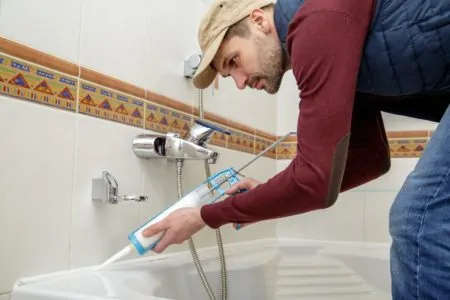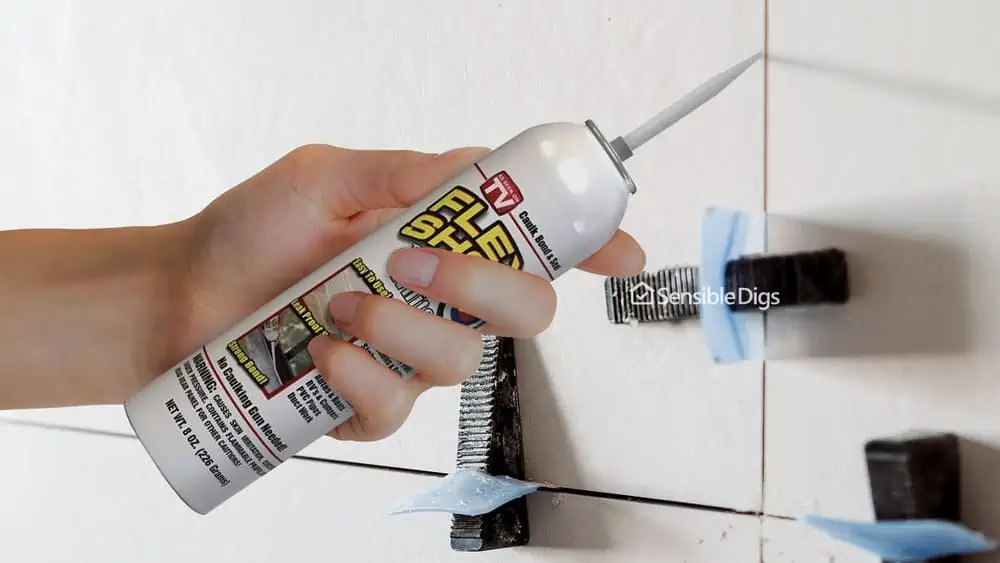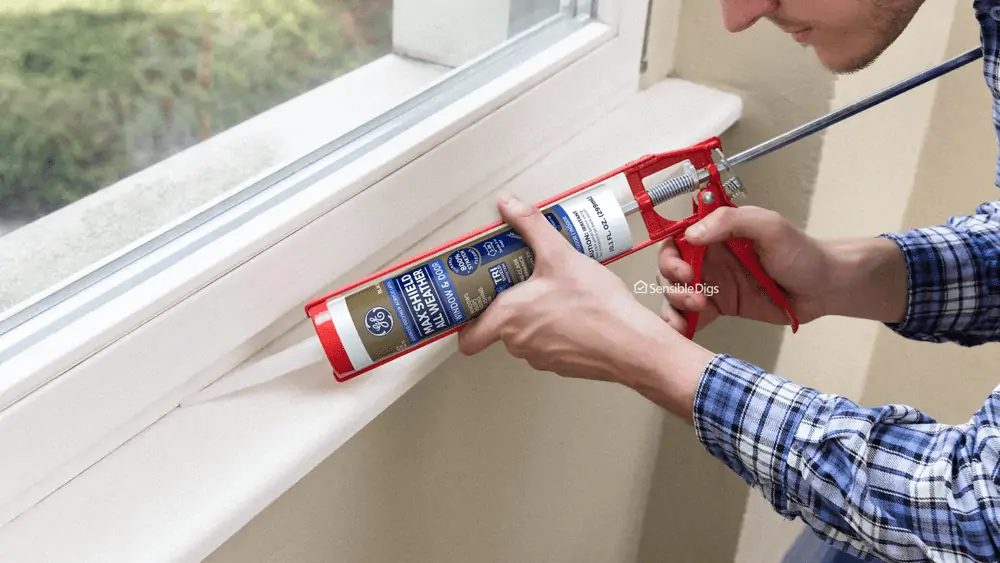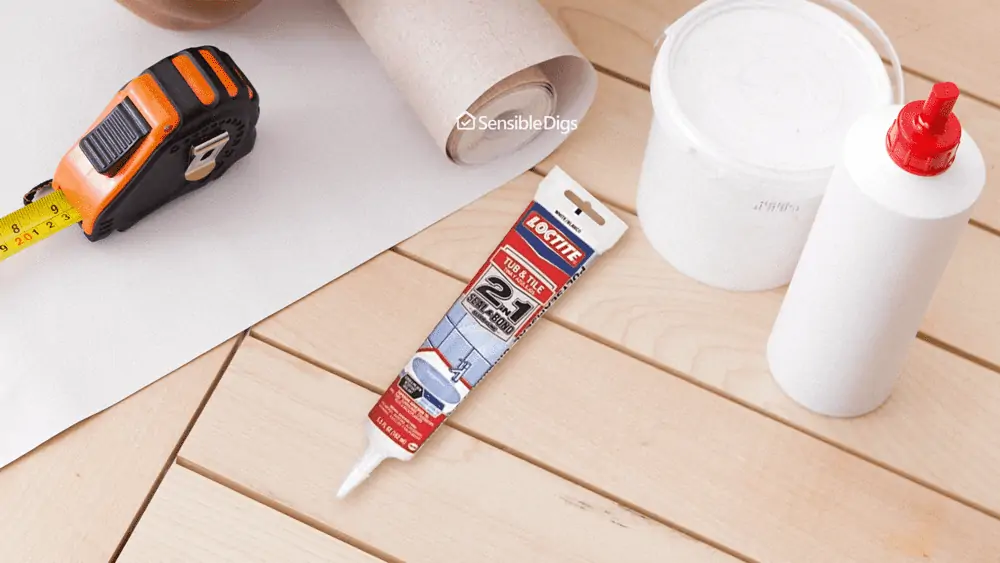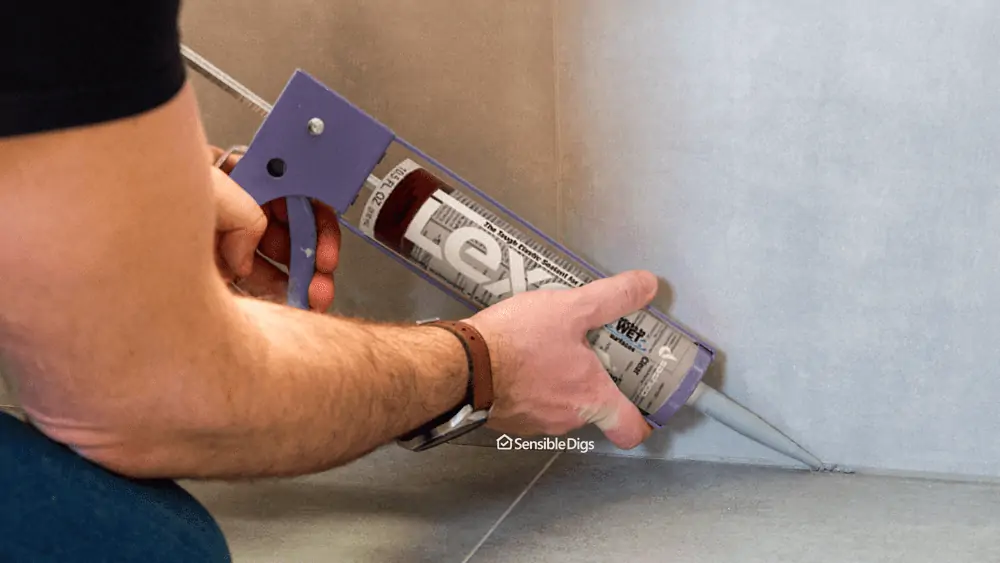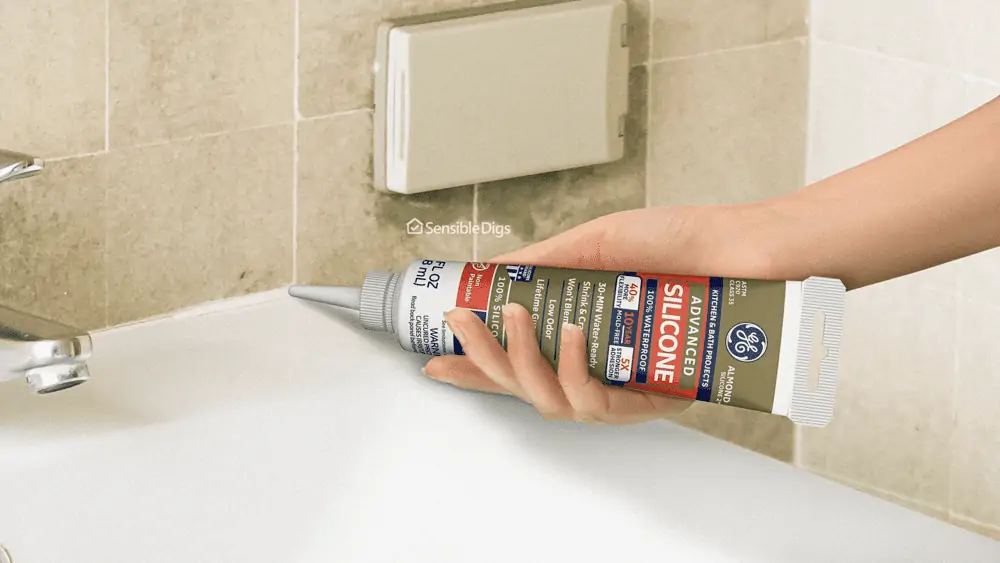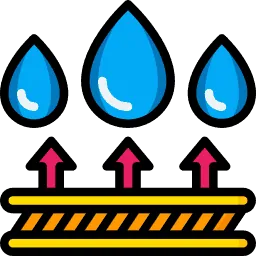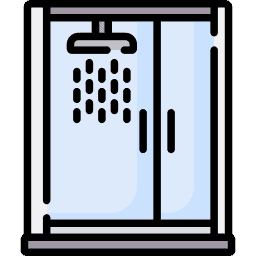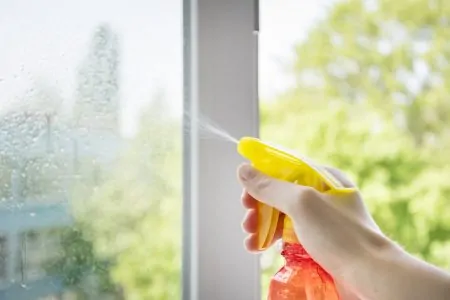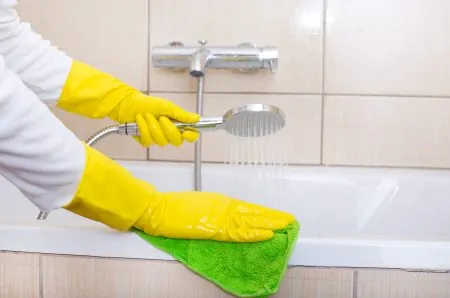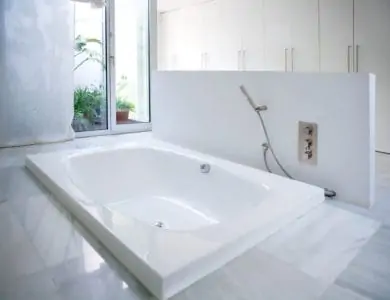Whether you are looking for the best shower caulk or the best bathtub caulk, getting the right product is crucial for outstanding results.
But don’t think that all caulk is created equal. The filler you use in your lounge does not get the same punishment as the caulk in your bathroom.
Find out which is the best caulk for showers and bathrooms in our definitive guide.
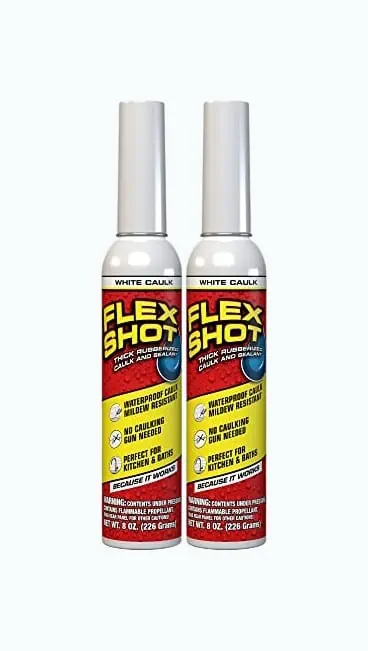
- Totally waterproof design
- Caulking gun not needed
- Fills in big and small cracks and holes
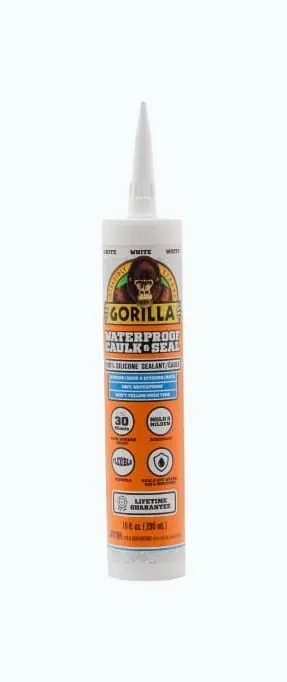
- Multi-purpose
- Mold & mildew resistant
- Suitable for marine environment
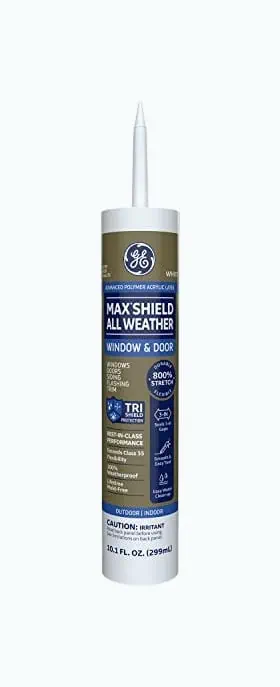
- 100% weather & waterproof
- Fills 2-inch gaps
- Lifetime mold guarantee
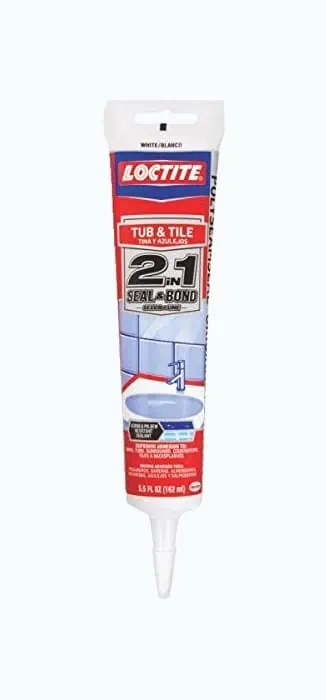
- Low fumes & non-flammable
- Multi-purpose adhesive & caulk
- Squeezable tube
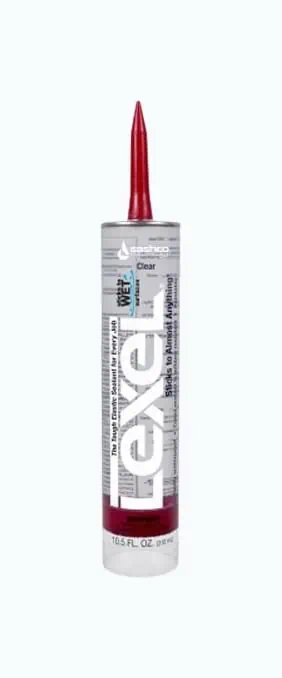
- 400% joint movement
- 19 times clearer than silicone
- Freeze-thaw stable
- Waterproof in just 15 minutes
- Paintable in 30 minutes
- Does not crack, shrink or yellow
- 10-year mold protection
- 40 percent more flexibility
- 5 times greater adhesion
Review Methodology: At Sensible Digs, we understand the importance of choosing the right caulk for your bathroom or shower. Our analysis is based on hands-on experience and conducting rigorous tests to measure the performance of different products in real-world scenarios. We compare and rank caulks based on key factors like durability, ease of application, drying time, and resistance to mold and mildew. We also assess the design choices of each product, evaluating their impact on the user experience. Our findings are supported by solid facts and data, making our reviews trustworthy and reliable. Our goal is to guide you to the best caulk for your bathroom or shower needs.
The Best Caulk for Showers and Bathtubs of 2024
There are so many different types of caulk to choose from, and they all claim to be the best. Do you go for silicone, latex, siliconized latex or polyurethane? The list is endless. Here is our take on the 7 best caulks you can buy.
Flex Shot Rubber Adhesive Sealant Caulk
Best Versatile Caulk
With the Flex Shot sealant caulk, you can put it to use virtually anywhere! This versatile product is suitable for sealing kitchens, baths, showers, sinks, tubs, windows, skylights, boats, RVs, tiles, and much more.
It comes with a long nozzle at the top of the can. This eliminates the need for a caulking gun, which is very handy.
It comes out of the can as a super thick rubberized seal, creating much less mess than other options. No dripping or running down your surface. Just enjoy a watertight seal with minimal hassle.
Pros
- Available in four colors: almond, black, white, and clear.
- Fills in big and small cracks and holes.
- You don’t need to use a caulking gun.
- Very versatile; works virtually anywhere.
- Totally waterproof design.
- The almond and white options are mildew-resistant.
Cons
- Some found the odor strong and overwhelming.
- Virtually impossible to clean up if you spill some.
- Applicator could be better; a bit hard to control.
Product Specs
| Weight (ounces) | 8.2 |
| Dimensions (inches) | Not specified |
| Gun or Squeezable? | Squeezable |
| Material | Rubber |
| Paintable | No |
| Drying time | 24-48 hours |
| Price | $$$ |
Our Ratings
User Experience
Gorilla White 100 Percent waterproof Silicone Sealant
Best Waterproof Caulk
This Gorilla caulk is 100 percent waterproof and works on windows, doors, gutters, bathrooms, cars, and even boats. It is a versatile sealant that has applications in almost every environment.
It dries translucent white, is mold and mildew resistant, and won’t shrink, crack or yellow over time. Once applied, it is water-ready in just over 30 minutes. It can be used indoors or outside, and because it is a silicone sealant, unlike the latex varieties, it won’t perish in the sun.
As an all-round caulk, this Gorilla is pretty hard to beat, but it is a world-beater for keeping the water out.
Pros
- Waterproof in less than an hour.
- Multi-purpose.
- Indoor and outdoor uses.
- Won’t perish in the sun.
- Mold and mildew resistant.
- Suitable for the marine environment.
Cons
- Requires a decorator’s gun.
- Not paintable.
- Expensive.
Product Specs
| Weight (ounces) | 10 |
| Dimensions (inches) | 10 x 1.5 x 1.5 |
| Gun or Squeezable? | Gun |
| Material | Silicone |
| Paintable | No |
| Drying time | 30 minutes |
| Price | $$$ |
Our Ratings
Personal Perspective
GE Window and Door Max Shield Caulk
Best Caulk for Shower Doors and Windows
This could have been a contender for the paintable caulk award. It can be painted in around 45 minutes from application. This caulk is 100 percent water and weatherproof, sealing and protecting against moisture, even in the toughest conditions.
It stretches up to 800 percent and seals gaps as wide as 2 inches, thanks to its shrink and crack-proof 35 percent flexibility. It even comes with a lifetime mold-free guarantee, making it the ideal sealant for gutters and flashings, as well as windows and doors.
This is the first of two GE products to feature, and we can see why thanks to its rugged capabilities.
Pros
- 100 percent weather and waterproof.
- Extremely flexible.
- Fills 5-inch gaps.
- Lifetime mold guarantee.
- Ideal for indoors and outdoors.
- Excellent price.
- Paintable in 45 minutes.
Cons
- Requires a decorator’s gun.
- White caulk takes longer to dry.
Product Specs
| Weight (ounces) | 15.7 |
| Dimensions (inches) | 11.1 x 1.89 x 1.85 |
| Gun or Squeezable? | Gun |
| Material | Advanced polymer acrylic latex |
| Paintable | Yes |
| Drying time | 45 minutes |
| Price | $$ |
Our Ratings
Community Feedback
Loctite Polyseamseal Tub and Tile Caulk
Best Caulk for Tile Floors and Tubs
Like the GE Window and Door Max Shield Caulk featured at the top of the review, this Loctite caulk comes in a squeezable tube, making it ideal for repairs and patch-up jobs around the kitchen and bathroom. And because it is a dual-purpose adhesive, you can use it to stick down tiles and seal gaps around your bathtub.
This is a permanently flexible sealant that offers low fumes and is non-flammable. It adheres to ceramic, glass, fiberglass composites, enamel, metal, and even wood and wallboard. This is a genuine all-rounder when it comes to applications.
The other great thing about this caulk is that it is 100 percent American-made, so if you like buying patriotically, then this is the caulk for you.
Pros
- Low fumes and non-flammable.
- Multi-purpose adhesive and caulk.
- Squeezable tube.
- Ideal for repairs and once-off jobs.
Cons
- Only suitable for small jobs.
- 24-hour dry time.
Product Specs
| Weight (ounces) | 5.5 |
| Dimensions (inches) | 2.4 x 1.5 x 9.8 |
| Gun or Squeezable? | Squeezable |
| Material | Polyurethane |
| Paintable | No |
| Drying time | 24 hours |
| Price | $$ |
Our Ratings
First-Hand Impression
Sashco 13010 Adhesive Caulk
Best Caulk for Shower Grout
This sealant is the ideal caulk for shower grout because not only does it stay 100 percent clear, it’s also easy to paint. It has up to 400 percent joint movement and is 19 times clearer than silicone caulk.
It adheres to glass, marble, ceramic tiles, Formica, drywall and even fiber cement. This polymer-based rubber sealant is an excellent all-rounder and just as effective outside as it is inside.
If you are thinking of keeping a tube in the garage or workshop, you needn’t worry about extreme weather conditions because Sashco is freeze-thaw stable.
Pros
- Multi-purpose adhesive and caulk.
- Great indoors and outdoors.
- 400 percent joint movement.
- 19 times clearer than silicone caulk.
- Freeze-thaw stable.
- Made in the USA.
- Paintable.
Cons
- Expensive compared to others.
- Takes 7 to 10 days to cure when using oil-based paints.
- 24 hours to cure before paintable with water-based paints.
Product Specs
| Weight (ounces) | 10.5 |
| Dimensions (inches) | 2 x 11.38 x 2 |
| Gun or Squeezable? | Gun |
| Material | Polymer rubber |
| Paintable | Yes |
| Drying time | 24 hours for water-based and 10 days for oil-based |
| Price | $$$ |
Our Ratings
User Experience
Gorilla Paintable Silicone Sealant Caulk
Best Paintable Caulk
This is the second Gorilla caulk to feature. This one is the best paintable caulk because you can start working half an hour from application. It is also water-safe after just 15 minutes, making it one of the fastest setting caulks on the list.
It is approved for indoor and outdoor use, is 100 percent waterproof, and will not shrink, crack or turn yellow with age. It is also mold and mildew resistant, so it will stay looking good for a long time.
You can use this caulk on windows, doors, metal, plastic, flashings, sidings, gutters and even the marine environment.
Pros
- Waterproof in just 15 minutes.
- Paintable in 30 minutes.
- Ideal for indoor and outdoor use.
- Old and mildew resistant.
- Does not crack, shrink or yellow.
Cons
- Expensive to buy.
- Requires a decorator’s gun.
Product Specs
| Weight (ounces) | 9 |
| Dimensions (inches) | 10 x 1.5 x 1.5 |
| Gun or Squeezable? | Gun |
| Material | Silicone |
| Paintable | Yes |
| Drying time | 30 minutes |
| Price | $$$ |
Our Ratings
Personal Perspective
GE GE286 Advanced Silicone Caulk
Best Caulk for Mold and Mildew
Mold and mildew are no laughing matter when it comes to unsightly stains on your tiles and bathroom fittings. Nothing ages a bathroom faster than mold and mildew. Luckily, this second GE caulk to feature comes with a 10-year mold and mildew protection that guarantees to keep it at bay for a decade or more.
This caulk has 40 percent more flexibility and 5 times the adhesion, making it formidable for all those bathroom and shower jobs. It is water-ready within 30 minutes, and it doesn’t discolor metal or other surfaces it contacts.
It is low-odor, won’t shrink or crack, and will last the distance, even when subjected to extremely wet conditions.
Pros
- 10-year mold protection.
- 40 percent more flexibility.
- 5 times greater adhesion.
- Water-ready in just 5 minutes.
- Low-odor.
Cons
- Requires a decorator’s caulk gun.
- Non-paintable silicone.
Product Specs
| Weight (ounces) | 10.1 |
| Dimensions (inches) | 3 x 3 x 10 |
| Gun or Squeezable? | Gun |
| Material | Silicone |
| Paintable | No |
| Drying time | 30 minutes |
| Price | $$ |
Our Ratings
Community Feedback
| Product | Best | Weight | Dimensions | Gun/Squeezable | Material | Paintable | Drying time |
|---|---|---|---|---|---|---|---|
| Flex Shot Rubber Adhesive | Versatile | 8.2 oz | Not specified” | Squeezable | Rubber | No | 24-48 hours |
| Gorilla White Waterproof | Waterproof | 10 oz | 10 x 1.5 x 1.5″ | Gun | Silicone | No | 30 min |
| GE Shield Caulk | Shower Doors & Windows | 15.7 oz | 11.1 x 1.89 x 1.85″ | Gun | Advanced polymer acrylic latex | Yes | 45 min |
| Loctite Polyseamseal Caulk | Tile Floors & Tubs | 6 oz | 2.4 x 1.5 x 9.8″ | Squeezable | Polyurethane | No | 24 hrs |
| Sashco 13010 Adhesive Caulk | Shower Grout | 11 oz | 2 x 11.38 x 2″ | Gun | Polymer rubber | Yes | 24 hrs |
| Gorilla Paintable Silicone Caulk | Paintable | 9 oz | 10 x 1.5 x 1.5″ | Gun | Silicone | Yes | 30 min |
| GE5070 Advanced Caulk | Mold & Mildew | 10 oz | 3 x 3 x 10″ | Gun | Silicone | No | 30 min |
Why Do I Need To Caulk My Shower and Tub?
Caulk is a simple way to seal the joint between two surfaces. Where your tub meets the wall is a prime example of why you need a caulk. Another example is when cracks appear, which they frequently do in bathrooms. You need a filler that stops moisture and air from getting behind the tiles.
But laying down a neat line is not the be-all and end-all when it comes to sealing the joint. You are going to need a caulk with special properties to handle this task.
Types of Caulk
There are different types of caulk for various tasks.
Silicone Caulks
Silicone repels water and is used to seal metal, windows, and even plastic surfaces to stop moisture from getting through. You know it’s silicone caulk because it is super-sticky when it comes out of the tube and takes a little longer to set.
Latex Caulk
Latex caulk has flexibility and is a great choice for areas that need sealing against moisture, especially uneven surfaces and more porous material. However, unlike silicone caulk, it does not have the same water-resistant properties, so it is better suited to the bathrooms dryer regions.
Latex does crack and shrink over time, so it requires replacement sooner than silicone caulk.
Polyurethane
This is used when filling areas that get the most moisture. Think shower trays and bathtubs. It has high moisture resistance and is good at stopping mold and mildew spores from forming. It also has super-adhesion qualities. The downside is that sunlight destroys polyurethane, causing it to decay.
Specialty Caulks
Specialty caulks target specific areas, like the marine industry, where moisture is prevalent all the time. These caulks need to be tailored to specific needs. Another example might be heat resistance, especially for tiles near radiators or fireplaces.
How To Choose the Best Caulk for Showers and Bathtubs
Given the vast array of different caulks, there are still some basic elements to bear in mind when making your purchase.
How To Caulk a Shower Stall and Door?
Follow these basic steps to caulk a shower. Always weigh the shower down to imitate someone standing in it before caulking. If you skip this step, the first time you get into the shower, the tray will sink and split the caulk.
1. Out With the Old
Remove any old and worn caulk from the joint before applying the new caulk. Try not to leave any traces as this will decrease the bond between the new filler and the surface you are sealing.
2. Use Painter’s Tape
Create a neat line for the caulk to follow by laying strips of painters tape. It ensures that when you remove it, you have the straightest line possible.
3. Apply the New Caulk
Using a decorator’s gun, apply the new line of caulk. Use silicone or latex for the best seal and water-resistance. Be liberal when you are squeezing the caulk from the tube, but don’t over do it, or your joint will be messy.
4. Smooth the Line
Wet your finger and wipe it along the caulk line, applying the gentlest pressure as you do. This ensures the caulk seals, and there are no gaps visible where water can get in. It also removes excess caulk.
5. Let It Set
The caulk will be touch-dry in an hour or so, but the curing process takes another 10 or 12 hours. Don’t be tempted to rush the job before the caulk has cured.
How To Caulk a Bathtub?
You should follow all of the same steps above, ensuring that the caulk has set properly before using the tub. However, there is one trick you should always do before caulking.
Make sure you fill the tub with water before caulking because if you don’t, the caulk will split apart from the joint the first time you fill the tub with water. A full bathtub is heavier than an empty one, so the tub will naturally sink, leaving your joint misplaced.
FAQs
Talk About Caulk
Decorator’s caulk comes in many guises and variables, so knowing which one to get can be a maze of confusion and wrong decisions. Do you get polymer, polyurethane, latex, siliconized latex, rubberized latex or silicone?
Also, if you want a paintable caulk, make sure you check the label because some are non-paintable. The final consideration is the mold and mildew repellent qualities of the caulk. It needs to have mildewcide and mold-inhibiting properties, or it will discolor quickly with use.
